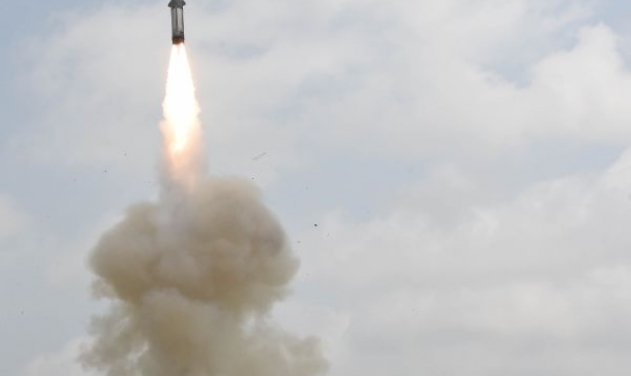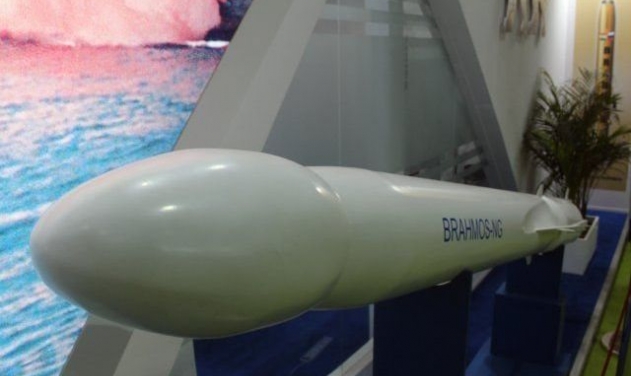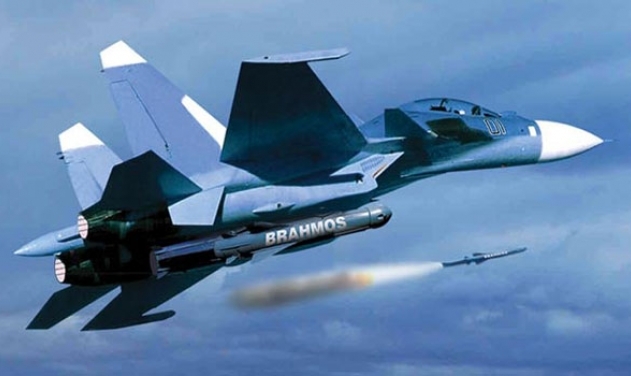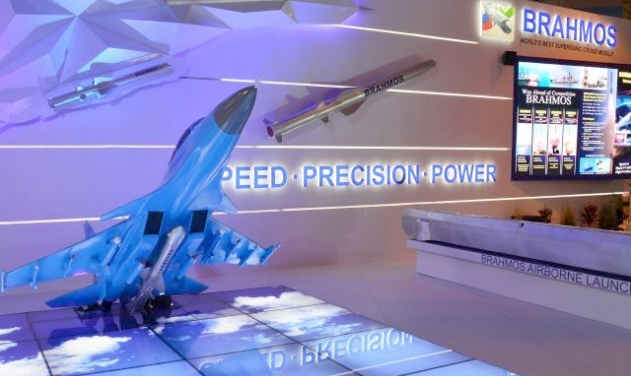Chinese firm Tests BrahMos-rivaling Supersonic Cruise Missile
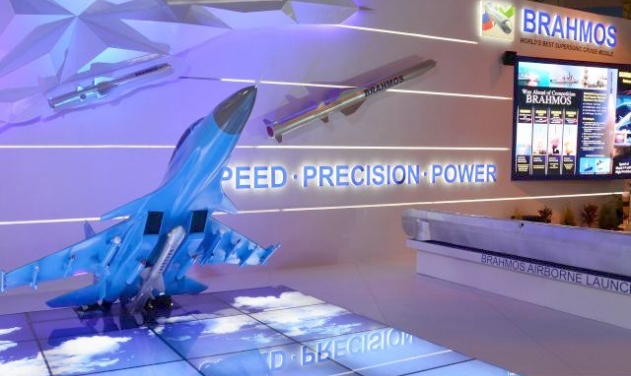
A Chinese firm yesterday tested a ramjet powered- missile, HD-1 which it claims is a rival to the Indo-Russian BrahMos supersonic cruise missile.
Suggesting that the missile would target the potential market of BrahMos, a Chinese export was quoted by the Global Times publication as saying, “the BrahMos missile is a more expensive, less useful supersonic cruise missile developed by India and Russia. Besides BrahMos can only be sold to ‘responsible’ countries friendly with both India and Russia.”
The Guangdong Hongda Blasting Company (GHBC), which makes propellants for the mining industry said it had completed a successful supersonic missile flight test on Monday. The test in North China verified the launch, power and flight control systems, according to a GBHC statement on Monday quoted in various Chinese media.
All parameters for the supersonic cruising flight of the HD-1 missile achieved their estimated values, the statement said adding that GBHC independently invested in and developed the HD-1 as a private venture and part of China’s military-civilian integration.
The HD-1's advanced solid fuel ramjet needs less fuel than its competitors, rendering the lighter missile able to fly faster and farther. After governmental approval, GBHC intends to sign deals and mass-produce the HD-1 for export.
GBHC is a mining company based in Guangzhou, capital of South China's Guangdong Province that also manufactures blasting and military equipment, according to the company website. The company is expected to showcase the missile in Airshow China 2018 in Zhuhai in November.
Pakistan and certain Middle Eastern countries are likely to show interest given the weapon's potential to break anti-missile systems at supersonic speeds.
The HD-1 cruise missile system consists of missile, launcher, command and control unit, target indication and comprehensive support systems. The HD-1 can be adapted to aircraft and ships as well as the basic ground-based vehicle version, the company said.
The total investment in the HD-1 project is expected to top 1.3 billion yuan ($188 million).
